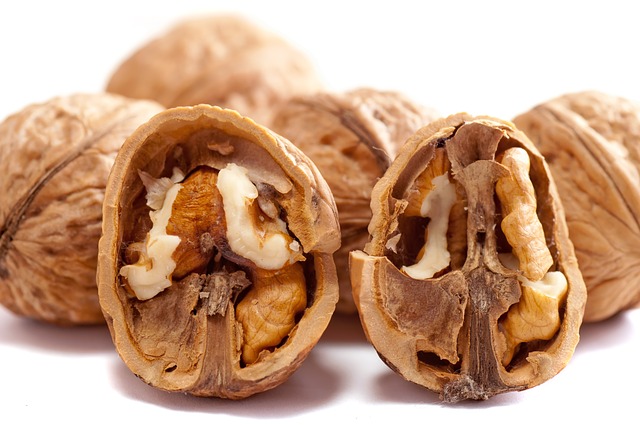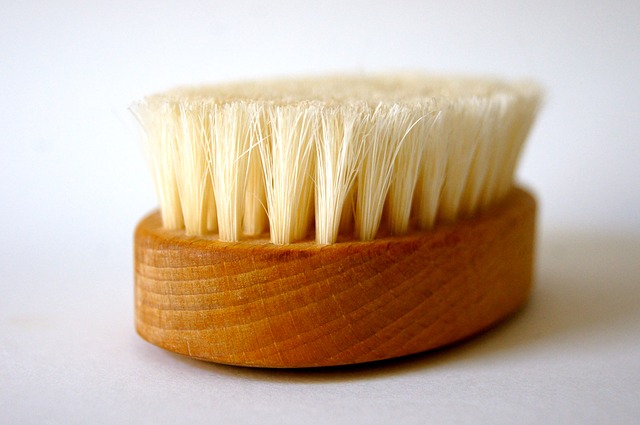Probiotics have become a common supplement in many people’s daily health plan. But what exactly are probiotics? What are their benefits and how do we know which one to choose?
The term probiotic is derived from the Greek language meaning “for life” but for our purposes I will use the definition as per the World Health Organization.
WHO defines probiotics as:
live microorganisms which when administered in adequate amounts confer a health benefit on the host.”
For clarification, ‘live micro organisms’ are beneficial bacteria. ‘The host’ is you.
Now what exactly qualifies as live also needs to be clarified. In a scientific space, ‘live’ refers to ‘survivability’. Survivability through the harsh environment of the stomach, through the small intestine and in to the colon.
Of great importance also, is the fact that the beneficial bacteria that we consume when taking probiotics do not colonize in the gut. They confer their health benefits but within days of stopping use, the probiotic it is no longer found in the gut. This means that these bacteria are transient.
Benefits of Probiotics
The studied benefits of probiotic are many. There is strong and increasing evidence supporting beneficial effects of probiotics to:
- improvement of intestinal health
- enhancement immune response
- reduce levels of serum cholesterol
- prevention of antibiotic-associated diarrhea
- cancer prevention
Within the cancer sphere, the exact mechanisms are under investigation.
studies have demonstrated that certain members of Lactobacillus and Bifidobacterium spp. decrease the levels of carcinogenetic enzymes produced by colonic flora through normalization of intestinal permeability and microflora balance as well as production of anti-mutagenic organic acids and enhancement of the host’s immune system.
In vitro and in vivo studies have indicated that probiotic bacteria might reduce the risk, incidence and number of tumours of the colon, liver and bladder.
Now if you have taken the foray in to the world of probiotic supplements it can be a confusing arena.
First let’s take a look at the naming of probiotics.
Probiotics are named according to Genus, Species and Strain. In this example Lactobacillus Gasseri M58820, “Lactobacillus” is the genus, “Gasseri” is the species and “M58820” is the strain. This is commonly abbreviated to L. Gasseri M58820.
Now that we have naming aced let’s consider what goes in to you purchasing the right probiotic.
3 Questions to Ask When Choosing Your Probiotic
 What are you taking your probiotic for?
What are you taking your probiotic for?
Different probiotics will be beneficial for different health conditions. In one study for example a group of people who took a combination of Lactobacillus gasseri KS-13, Bifidobacterium bifidum G9-1 and Bifidobacterium longum MM-2 showed decreased inflammatory markers after 3 weeks of use.
Determine the health reason that you want to take a probiotic for and research the strains best suited to help you.
Is the supplement company reputable?
There are many reputable supplement companies with good quality probiotic products. Some offer many strains of bacteria in their supplements. Some may offer single strains. Some companies offer both. Many are research backed and offer novel delivery methods.
Check out the company. Read their research and settle upon a company that resonates with you.
Is the strength appropriate for the strains used?
The strength of a probiotic is the number of Colony Forming Units or CFU’s found on the label
Some probiotics may be effective at dosages of 1–2 billion CFU per day, while others may require at least 20 billion CFU to achieve the desired effects.
The number of colony forming units that you need really depends on what you are using the probiotic for.
For general good health, experts recommend between 6 to 10 billion CFU’s each day.
For minor health problems 20 to 30 billion may be adequate.
For more serious health problems, professionals may recommend higher doses. VSL#3 for example could be recommended for those suffering from irritable bowel syndrome or ulcerative colitis. It contains over 100 billion CFU’s.
Do your research. Ask these questions and you will find what works best for you.
___________________________
References:
https://seed.com/probiotics-101/
https://www.ncbi.nlm.nih.gov/pmc/articles/PMC4045285/
https://www.ncbi.nlm.nih.gov/pubmed/20187714/
https://www.healthline.com/health/types-of-probiotics#how-to-start
https://www.ncbi.nlm.nih.gov/pubmed/25909149











